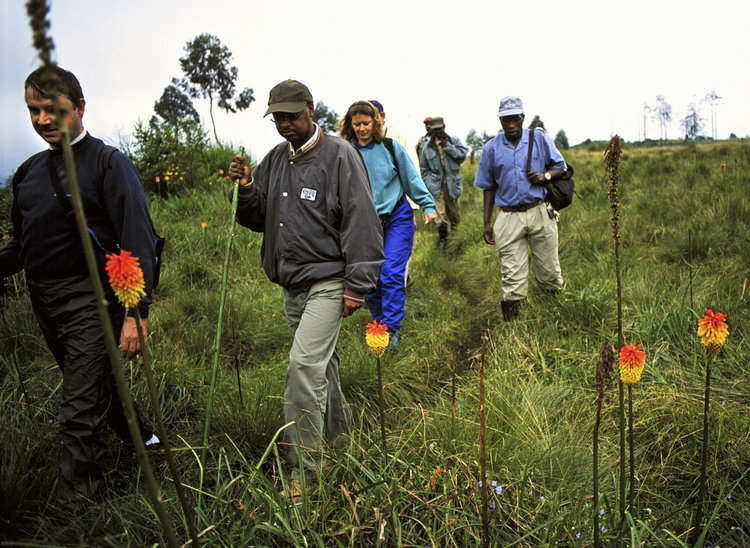By: Andy Extance
Send to a friend
The details you provide on this page will not be used to send unsolicited email, and will not be sold to a 3rd party. See privacy policy.
Global revenue from tourist visits to protected areas is high enough to allow more of this money to be spent on conservation, a study has found.
The paper estimated that tourism in protected areas around the world generates US$600 billion a year in revenue, but only US$10 billion is spent on conserving these areas and their biodiversity.
The scientists behind the study, who include Matt Walpole, a programme director at the UN Environment Programme World Conservation Monitoring Centre in the United Kingdom, call for higher spending on conservation of protected areas. The paper was published last month (24 February) in PLOS Biology.
“Conservation and wise use of biodiversity and natural capital can be a valuable contribution to local and national development, rather than a hindrance to it,” Walpole says. “The effectiveness of protected areas has been shown to be closely related to levels of investment.”
Walpole says current budgets for managing protected areas are often insufficient to do so effectively. But as the revenues these parks generate vastly exceed their running costs, there is scope to increase such spending, the researchers say.
The economic benefits of nature-based tourism should be an important consideration when making development choices, he says.
Each year, parks in Africa receive around 69 million visitors and those in Latin America 148 million visitors, compared with North America’s 3.3 billion visits (see graph). But their exclusivity makes visitors prepared to pay more, with average direct spending per visit in Africa as high as US$698, and US$311 in Latin America — compared with just US$103 per visit to North American parks, according to statistics gathered for the paper.
Walpole says that the once-in-a-lifetime feeling of a visit to natural treasures in the developing world — such as seeing mountain gorillas in Rwanda and Uganda or visiting Serengeti National Park in Tanzania — contribute to the extra economic potential of conservation for tourism.
He adds that conservation is an important pillar of sustainable development and “will be high on the political agenda in 2015 when the UN Sustainable Development Goals are expected to be finalised”.
Will Turner, chief scientist at US-based NGO Conservation International, says underspending on protected areas risks endangering essential things such as water supply that underpin economic growth. “We could up our funding to parks tenfold and it might be the greatest investment humanity has ever made,” he says.
Turner adds that steps are required to ensure that revenue generated by parks is fed back into the local economy. “Where tourism has worked, it’s been because it was done consciously, with clear planning and management to provide incentives for conservation, and by keeping the revenues local,” he says.
References
PLOS Biology doi: 10.1371/journal.pbio.1002074 (2015)














